Creating “metahealth” in the metaverse

In late October, Facebook changed the name of its holding company to Meta to stake its claim on the concept of the metaverse, deemed to be the future of the internet. Described on the company website as “the next evolution in a long line of social technologies”, the announcement has, rightly, also been perceived by industry commentators as an attempt by Facebook to distract from its current troubles with the rebrand.
Defined as “a set of virtual spaces where you can create and explore with other people who aren’t in the same physical space as you”, the potential of the metaverse could be seen as positive, particularly in a world where working from home and the expectation of on-demand services become more common. Yet stepping away even further from true reality, particularly with the recent learnings around the unprecedented impact of social media on mental health, the concept raises big questions including who monitors a seemingly endless digital world for corruption, abuse, distorted ethics, and data breaches.
What does the metaverse mean for healthcare?
With telehealth, remote appointments with HCPs and digital solutions for health services becoming more common, spurred on by the pandemic, users have begun to feel more confident in moving away from the traditional person-to-person relationships when it comes to healthcare.
The metaverse could unlock further opportunities as outlined in Forbes: “[the metaverse] has significant potential applications in the realm of healthcare. Some very basic examples include: remote monitoring of patients that require critical care; better data and insights into clinical outcomes (e.g. blood sugar monitoring, heart rhythm tracking, etc.); augmented tracking of physical health, virtually.” In the UK, reducing the need for hospital visits and treatment, when appropriate, is essential to aid the NHS’ recovery following the impact of COVID-19.
Yet there is a key barrier to ensuring the metaverse, and its potential benefits, is available to everyone around the world – universal digital infrastructure.
The digital divide
According to research conducted in early 2021, there were 4.66 billion active internet users worldwide or 59.5% of the global population, meaning roughly 40% of the world’s total population remain offline. A huge number of people are already on the wrong side of the digital divide that the metaverse will only amplify. From a global health perspective, as organisations simultaneously work towards achieving the 2030 Sustainable Development Goals for universal healthcare coverage, with the ethos ‘leave no one behind’, then the digital divide presents a huge barrier that can only be exacerbated by movements toward the metaverse.
For there to be a true “Metahealth”, all aspects of country specific, regional and global healthcare ecosystems will need to undergo an intense digital transformation and a disruption in processes, workflows, practices and delivery methods will need to take place. While this is happening, addressing inequalities in the current standards of care and making healthcare accessible to those patients who are deemed marginal or hard to reach (defined as those who cannot be reached by traditional and conventional methods for any reason) needs to be the top priority of the healthcare industry.
So how can pharmaceutical companies increase health access while embracing digital innovations?
The metaverse, as claimed by Facebook, is still in the early stages and may take a decade to evolve, bringing with it immense potential in terms of healthcare. Whilst the metaverse is evolving, it’s easy to see the trail of innovation in its wake that is available to pharma now, including virtual reality (VR) and artificial intelligence (AI). Medtech companies are already investing with platforms available for healthcare professionals, bringing them together for simultaneous education, training and planning as well as collaborative medical procedure.
However, while digital platforms are increasing health equity and access in many ways, pharmaceutical companies must continue to work with patients, both online and offline, from diverse backgrounds to define and co-create the way research, drug development, clinical trials and care take place. The ultimate goal should be to close the health inequality gap and bridge the digital divide now, before either widens, so that when the metaverse reaches maturity it can have a significant impact on patients around the world.
Three ways pharmaceutical companies could be closing this gap through Corporate Social Responsibility now, are:
- Investing in improved access to the internet for communities where lack of digital infrastructure is impacting access to healthcare services and information
- Improving digital literacy for potentially marginalised groups through community and school partnerships
- Increasing access to information, either online or offline, to encourage engagement with conditions, symptoms and self-management of health. For example:
- Online: ensuring all websites meet Web Content Accessibility Guidelines (WCAG 2.1)
- Offline: provide information in a variety of offline formats that HCPs can access and provide to patients who cannot access them digitally
At Aurora, we are working with clients to identify the best way to access hard-to-reach patients across different disease areas and navigate barriers that may be holding patients back from accessing the care they need to live healthy lives. If you’d like to hear more or have a challenge you would like to discuss, please contact the patient engagement practice: hello@auroracomms.com




